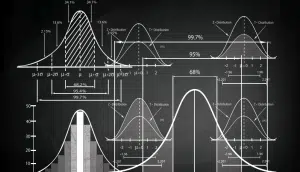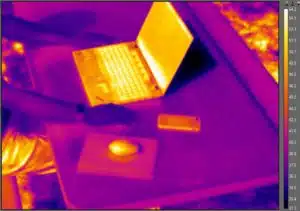ABSTRACT Reliability verification often requires that a specific number of components be tested to a predetermined level of testing to demonstrate that none of the samples fail. This article describes a statistical approach for justifying the use of fewer samples by subjecting them to a more severe level of testing. BACKGROUND Reliability verification often includes … [Read more...]
Statistics Corner: Probability
Statistical analysis is needed because data always have some degree of uncertainty; a value that we determine from a single measurement, or even set of measurements, is not necessarily going to tell us exactly what value we will determine with additional measurements. Statistical analysis uses the mathematics of probability to create tools that we can use to deal with … [Read more...]
Statistics Corner: Weibull Distribution
A little over a pandemic ago, the first article in this series on statistical analysis mentioned that a fundamental aspect of statistics is that one assumes a mathematical model that describes the distribution of a data set and then uses that model to estimate the probability that a given value or set of values will occur [1]. This allows us, for example, to estimate whether … [Read more...]
Sheetak Announces Product Line Expansion with CENTUM® C3 Multi-Stage Cooler Based on Novel Patented Thermoelectric Device Structures
CENTUM® C3 Chips are designed for higher performance low profile architecture of solid-state thermal management systems that is not possible with current designs January 10, 2023 AUSTIN, TX--Sheetak is expanding their flagship CENTUM® product line, based on newly patented thermoelectric device structures, that offer the highest temperature difference with significant … [Read more...]
Thermal Comfort Considerations for Electronics Cooling and Design
Written by: Mark Hepokoski, ThermoAnalytics and Alex Ockfen, Meta Reality Labs Introduction ASHRAE defines thermal comfort as “that condition of mind that expresses satisfaction with the thermal environment” [1]. While engineers and designers are typically familiar with the thermal safety and compliance standards required in their industry [2], thermal comfort is less well … [Read more...]
- « Previous Page
- 1
- …
- 18
- 19
- 20
- 21
- 22
- …
- 484
- Next Page »










